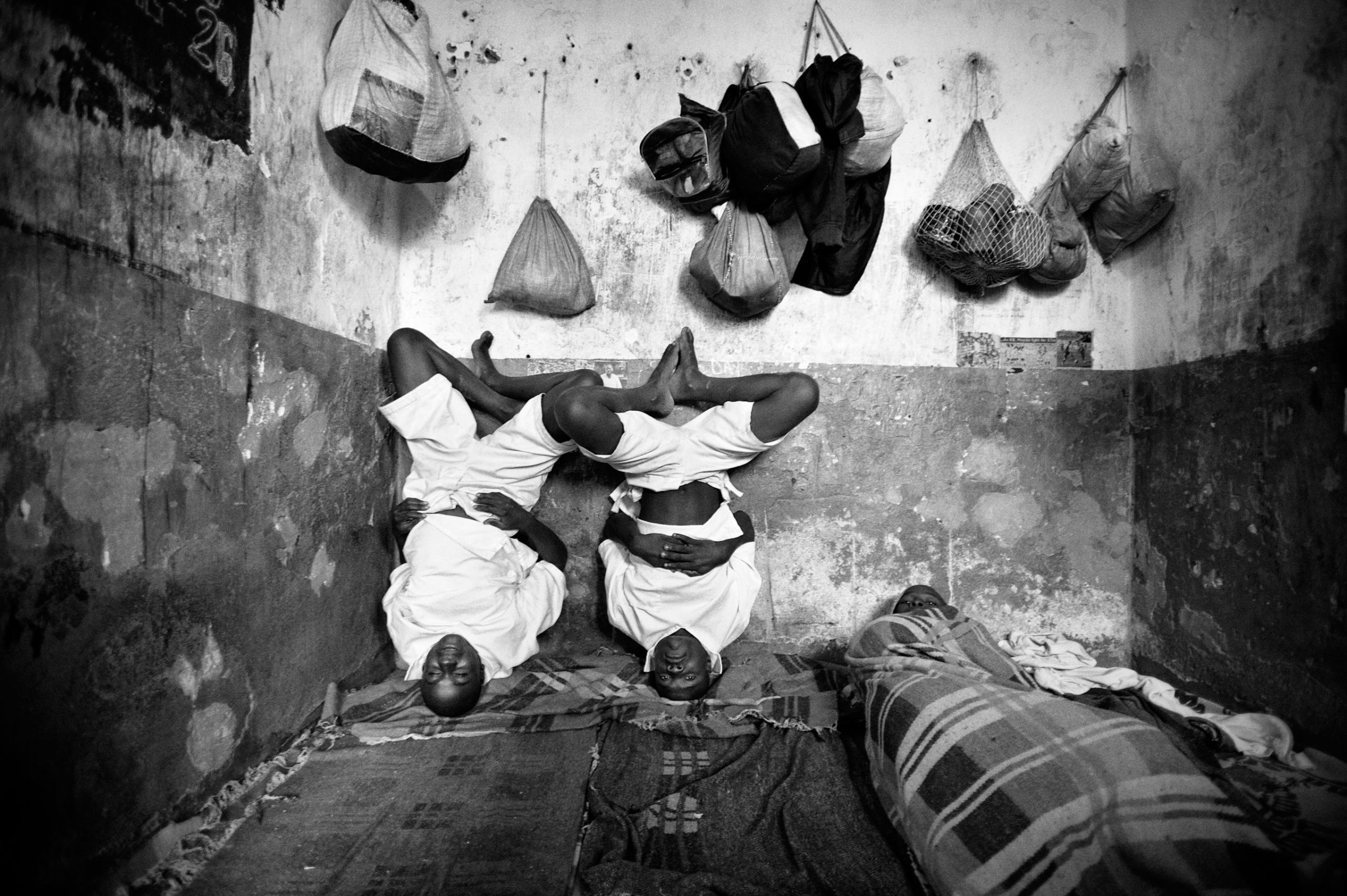
The conditions inside the prison in Mzuzu, Malawi’s third-largest city, are tough. Built in the 1960s to accommodate 50 prisoners, it now holds 450, including 60 teenagers. “It’s so overcrowded that they have to sleep sitting up,” says Noor photographer Kadir van Lohuizen.
Last year, the Dutch photographer gained access to the prison after partnering with Young in Prison, an NGO that runs a reintegration program for juveniles, to offer a photography workshop for 12 of them.
“It was a serious workshop with classes in the morning, and shoots in the afternoon,” van Lohuizen tells TIME. “What was remarkable was that it became almost like therapy for them. For many of these kids, it was the first time that they saw themselves in an image.”

During the week-long workshop, van Lohuizen’s students spent the first days acting tough, posing for the camera in virile postures. “But after a week, their transformation was remarkable,” he says. “They started to talk about their lives and that led to a discussion on how they got there in the first place. I felt like it actually made a difference.”
Through the workshop, van Lohuizen was also able to gain unprecedented access to the prison. “Usually, there are many restrictions, so you have only a very short time to work.” This time, he was able to stay as long as he wanted, interacting with all prisoners to produce a more complete body of work about the dire conditions behind bars. “Many of these prisoners have committed only minor crimes, mostly due to economic and social troubles in the country,” he says.
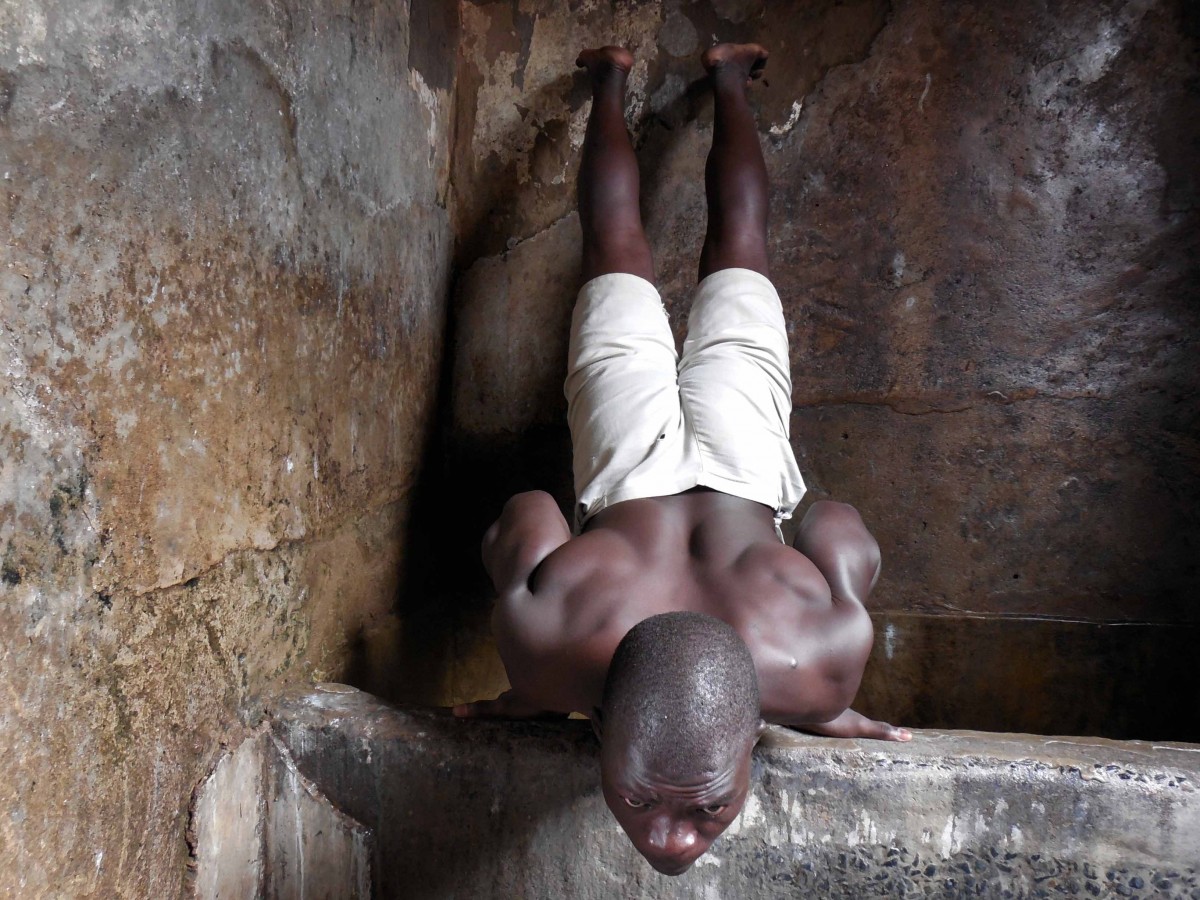
Van Lohuizen feels he was able to contribute to the lives of these prisoners — they became more than just subjects for his work. “What I hadn’t realized at first was that some of them would be released soon afterwards and would be able to use their new skills in their lives outside,” he says. “That’s when photography can mean something different than what we usually think.”
While van Lohuizen has secured funding to bring his workshop to South Africa, his wish is to go global from El Salvador, where he worked in 2011, to Russia and even, maybe, the U.S.
Kadir van Lohuizen is a documentary photographer represented by NOOR.
Olivier Laurent is the editor of TIME LightBox. Follow him on Twitter and Instagram @olivierclaurent



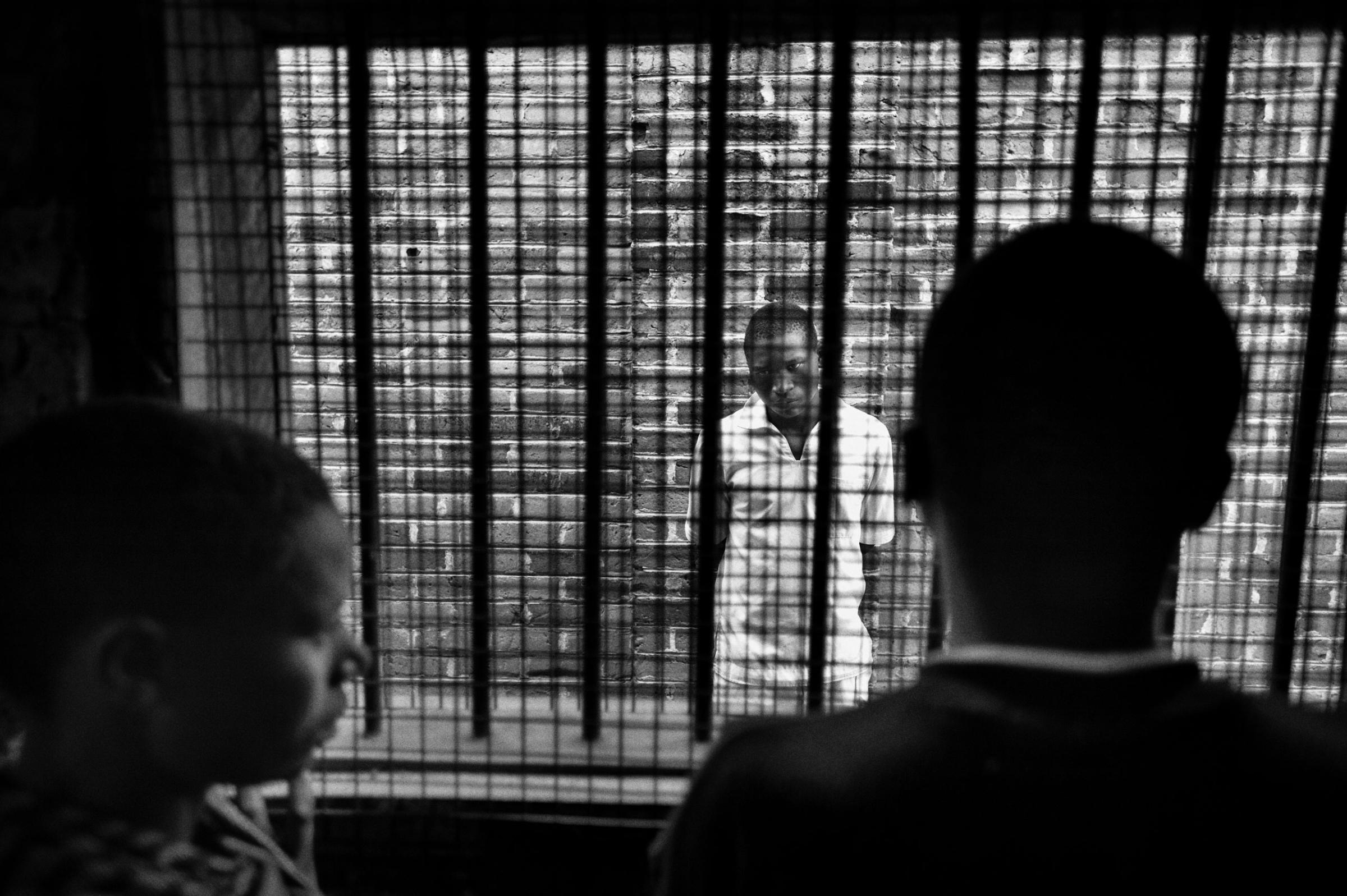

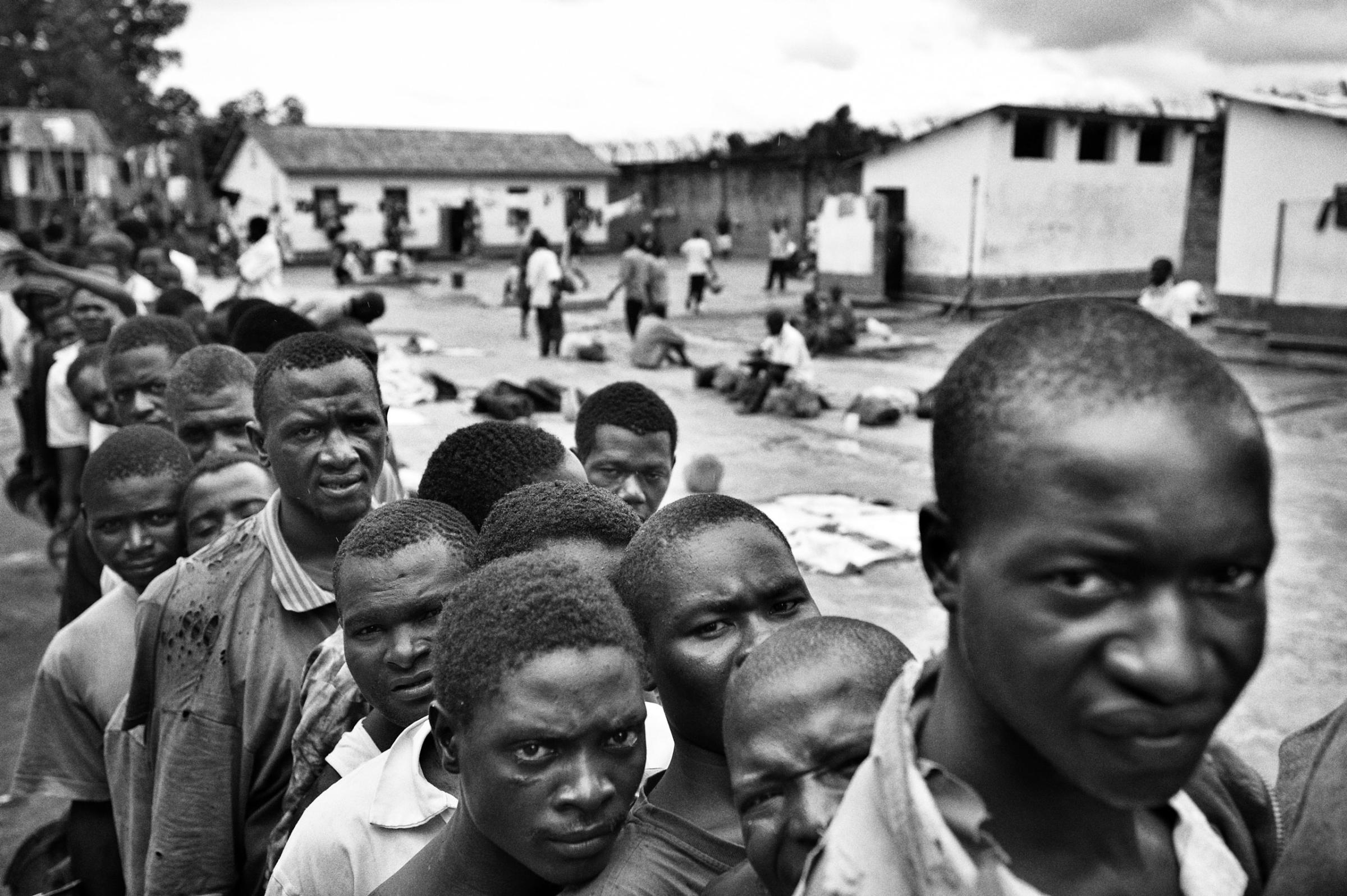
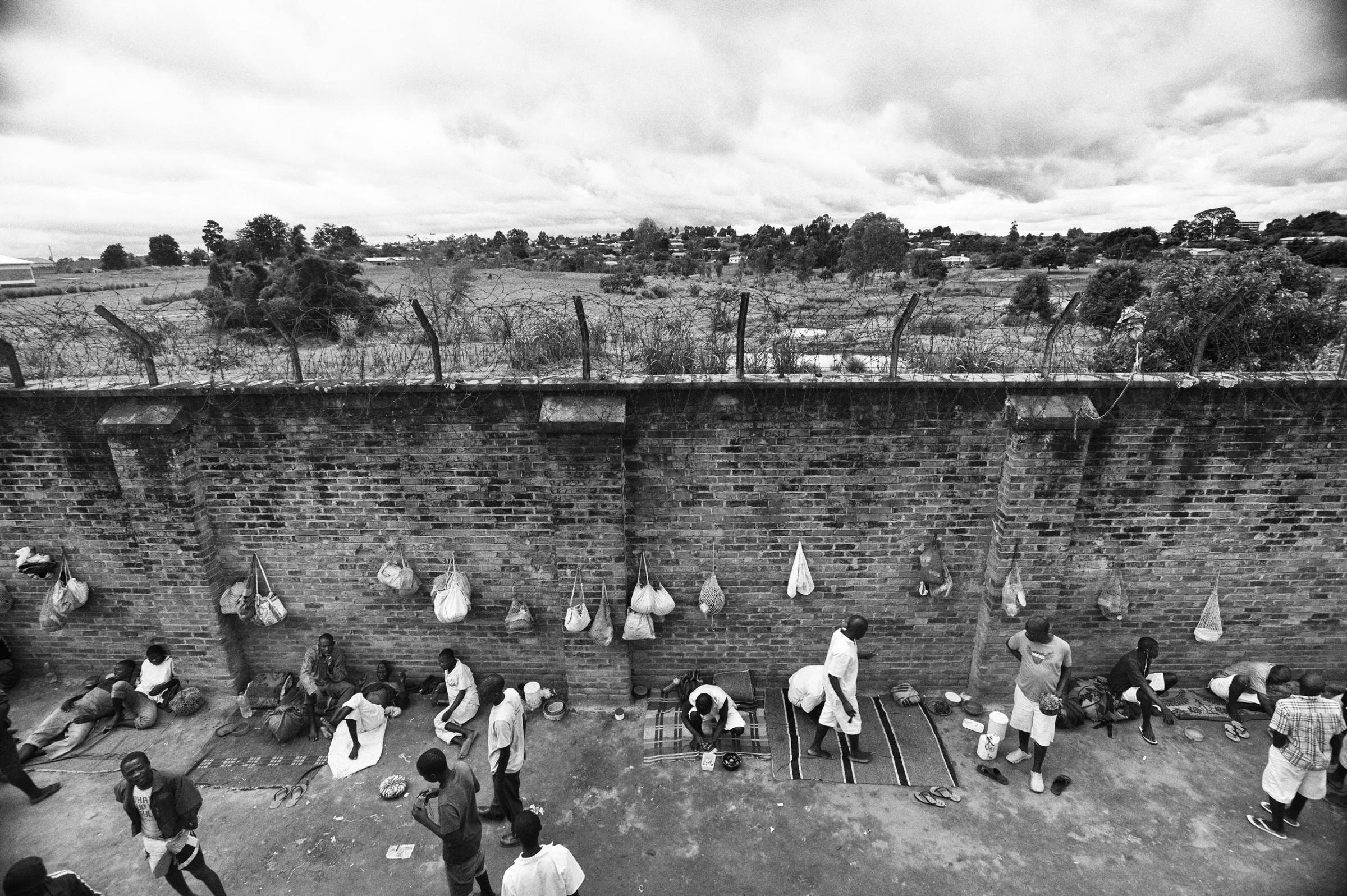


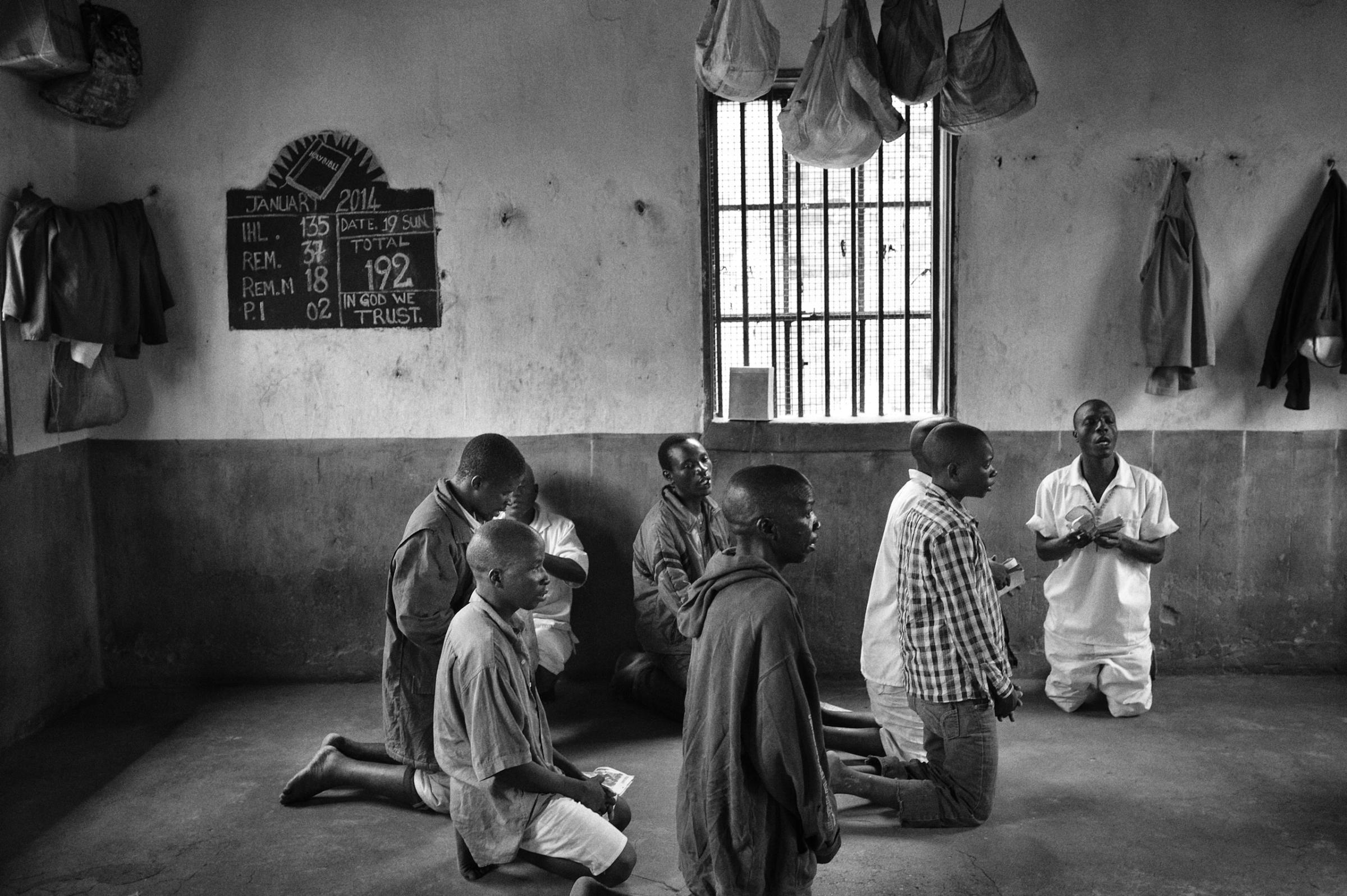


More Must-Reads from TIME
- Cybersecurity Experts Are Sounding the Alarm on DOGE
- Meet the 2025 Women of the Year
- The Harsh Truth About Disability Inclusion
- Why Do More Young Adults Have Cancer?
- Colman Domingo Leads With Radical Love
- How to Get Better at Doing Things Alone
- Michelle Zauner Stares Down the Darkness
Contact us at letters@time.com